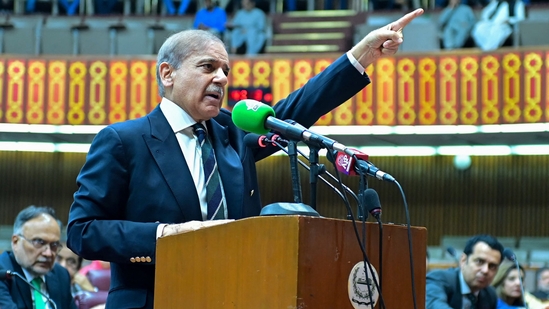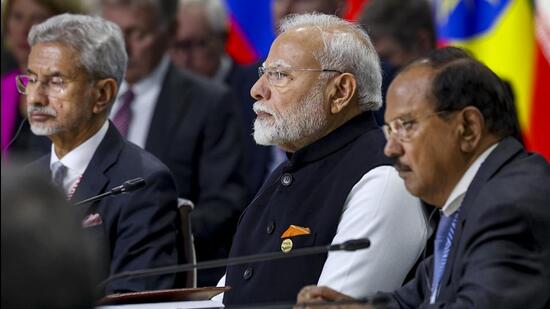In a strong and bold action, the Indian armed forces started Operation Sindoor, hitting nine terrorist sites in Pakistan and Pakistan-Occupied Kashmir (PoK). This operation was a response to the Pahalgam terror attack that took 26 lives, including 25 Indians and one Nepalese, just two weeks ago.
Operation Sindoor is the biggest military action by India in the last fifty years. It is larger than both the 2016 surgical strikes and the 2019 Balakot airstrikes.
What Makes Operation Sindoor Different?
1. More Targets: Unlike in 2019 when India attacked just one location, this time there were strikes on nine terrorist launch pads.
2. Deeper Penetration: The strikes were carried out nearly 100 km inside Pakistan, going farther than previous operations.
3. Combined Forces: The Indian Army, Air Force, and Navy worked together, using advanced weapons like precision missiles and loitering munitions.
Security expert Aadil Mir told ANI, “India has crossed important boundaries by hitting many targets and going deep into Pakistan.”
Some of the major targets included:
– Jaish-e-Mohammed headquarters in Bahawalpur
– Lashkar-e-Taiba’s main base in Muridke
– Hizbul Mujahideen sites in several areas like Muzaffarabad and Kotli.
The name “Sindoor” symbolizes the vermilion that married Hindu women wear, paying tribute to the widows of the Pahalgam victims.
Operation Sindoor showed that India can conduct quick strikes while keeping its own airspace safe. India also informed the world about its limited goals.
Retired Brigadier Hemant Mahajan praised the operation, saying, “It was a world-class precision strike. We caught them off guard and hit them hard.”





Leave a Reply